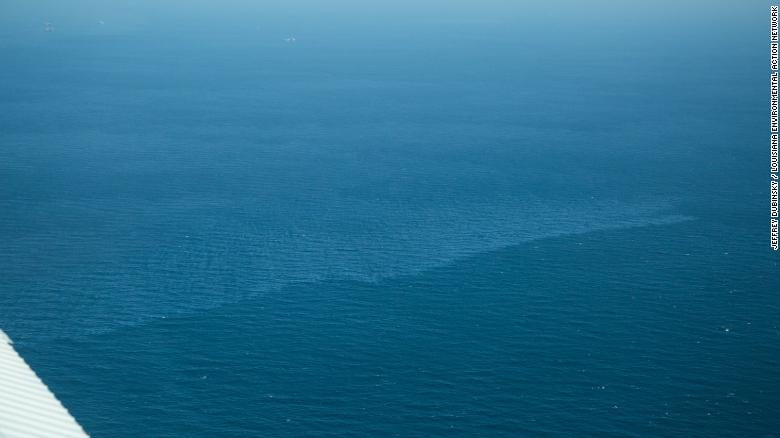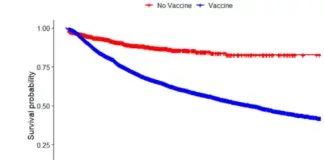In 2010, the Deepwater Horizon oil tragedy commanded the nation’s attention for months. Eleven lives were lost and communities around the Gulf of Mexico ground to a halt under hundreds of millions of gallons of oil. Yet, lurking underneath the fresh disaster, an older spill was spewing ever faithfully forth: A leak that began when another oil platform was damaged six years earlier.

The Taylor oil spill is still surging after all this time; dumping what’s believed to be tens of thousands of gallons into the Gulf per day since 2004. By some estimates, the chronic leak could soon be larger, cumulatively, than the Deepwater disaster, which dumped up to 176.4 million gallons (or 4.2 million barrels) of oil into the Gulf. That would also make the Taylor spill one of the largest offshore environmental disasters in US history.
In September, the Department of Justice submitted an independent study into the nature and volume of the spill that claims previous evaluations of the damage, submitted by the platform’s owner Taylor Energy Co. and compiled by the Coast Guard, significantly underestimated the amount of oil being let loose. According to the filing, the Taylor spill is spewing anywhere from 10,000 to 30,000 gallons of oil a day.
As for how much oil has been leaked since the beginning of the spill, it’s hard to say. An estimate from SkyTruth, a satellite watchdog organization, put the total at 855,000 to 4 million gallons by the end of 2017. If you do the math from the DOJ’s filing, the number comes out astronomically higher: More than 153 million gallons over 14 years.</

A community called to action
In a 2015 complaint filed in relation to the joint suit involving LEAN, Taylor Energy claimed the sheen at the site of the Taylor spill was “residual” and “there is no evidence to suggest” an ongoing leak. The company also claimed it had been fully compliant with US Coast Guard regulations regarding the spill.
A problem floating right under the radar
Amos is familiar with Department of Justice’s commissioned report and says the analysis based estimates of the Taylor oil spill on satellite imagery, as opposed to Taylor Energy’s submitted reports. The discrepancies were severe. Some of the resulting measurements of the oil leakage were 17 times larger than Taylor Energy’s initial estimates.
An impact that’s hard to measure
There are other impacts to consider as well: Impacts on corporate accountability, regulations and transparency in the oil industry and the viability and risks of offshore drilling, to name a few. At a time when the White House has expressed interest in expanding offshore drilling and various states have put forth strong plans of opposition — such as Oregon, where Gov. Kate Brown has just announced a plan to ban offshore drilling along Oregon’s coast, the Taylor oil spill is poised to remain a painfully relevant, if not overdue, touchstone.
Disclaimer: We at Prepare for Change (PFC) bring you information that is not offered by the mainstream news, and therefore may seem controversial. The opinions, views, statements, and/or information we present are not necessarily promoted, endorsed, espoused, or agreed to by Prepare for Change, its leadership Council, members, those who work with PFC, or those who read its content. However, they are hopefully provocative. Please use discernment! Use logical thinking, your own intuition and your own connection with Source, Spirit and Natural Laws to help you determine what is true and what is not. By sharing information and seeding dialogue, it is our goal to raise consciousness and awareness of higher truths to free us from enslavement of the matrix in this material realm.
 EN
EN FR
FR


























During the 1800s and early 1900s – not certain of dates – we had electric cars, buses, trolleys, until IBM and GM forced us to use internal combustion – gas. And the U.S. has become the world’s bully – stealing other nations gas, killing and raping – for money (i.e. Halliburton and Blackwater).
It is time we stop killing ourselves with insecticides, herbicides and oil – dark forces’ agendas.
I hear that the the Deepwater Horizon oil tragedy is still not solved, that the leak is still active. Is this a rumor, or a cover up, someone know it